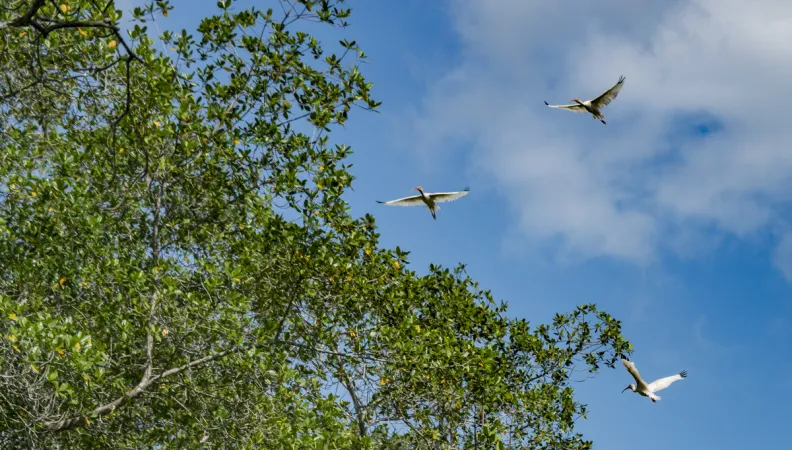Share the page
A LOOK AT THE INNOVATIVE NATURE OF ‘PROJECT RESSOURCE’ WITH CONSTANCE CORBIER-BARTHAUX
Published on

Between 1960 and 2000, the number of water birds in the great Sahel wetlands declined by about 40%. Project RESSOURCE aims to significantly improve living standards for the local populations of these wetlands, for whom water birds represent a key resource in terms of food security and livelihoods. Constance Corbier-Barthaux, FFEM Head of Biodiversity Projects, discusses the project’s innovative approach.
In what way is Project RESSOURCE innovative?
First of all, it covers the entire region and takes a cross-cutting and multidimensional view of the great wetlands of the Sahel. And secondly, thanks to the FFEM-FAO partnership, we are demonstrating how conservation and sustainable use of resources can be compatible. Dovetailing global environmental protection and the socio-economic development of local populations is something that is crucial for both our institutions.
Project RESSOURCE is also innovative because in addition to its pilot aspect, it is improving and capitalising on what we know about the dynamics of water bird populations in relation to climate change, how their habitat is being altered and how these birds are being removed through hunting.
How will you share the lessons learned from this project?
Everything we’re learning from Project RESSOURCE will allow us to better define public policies and the institutional and legal frameworks that underpin biodiversity conservation and sustainable use. We will also have the opportunity to disseminate and help replicate best practices on a larger scale so we can have a blanket impact across all the main wetlands in the Sahel and the communities that depend on them.
Given the migratory habits of water birds, it is vital to strengthen north-south and south-south cross-border cooperation. This is precisely the approach adopted by Project RESSOURCE and its many national and international partners from five countries of the Sahel.
